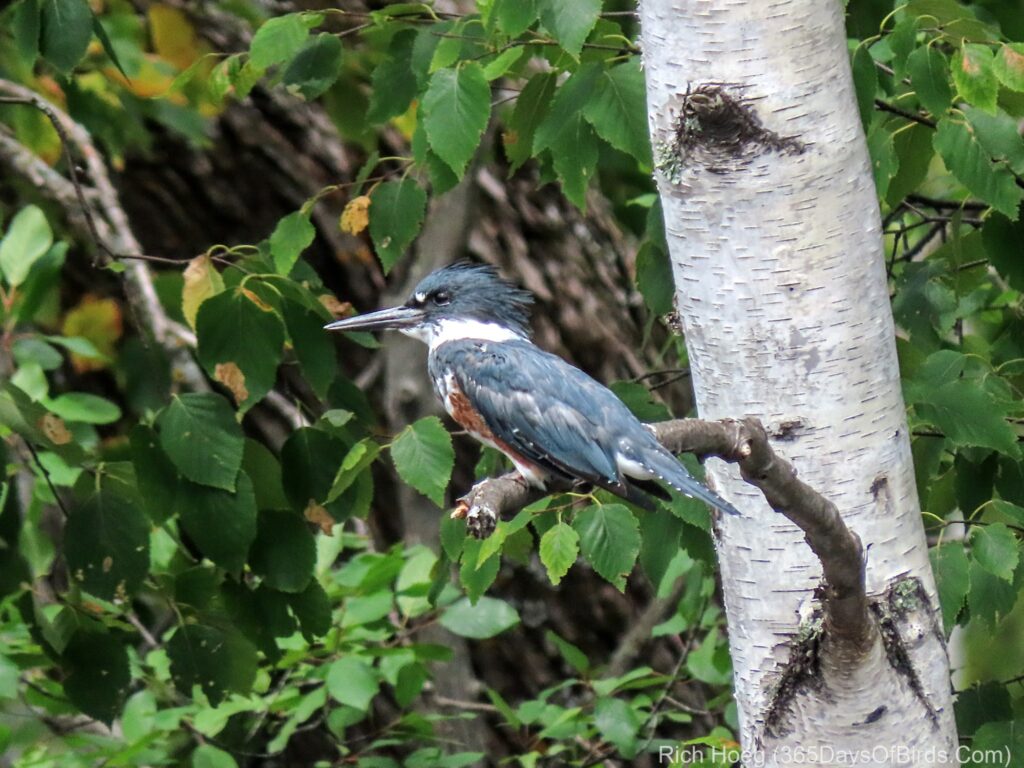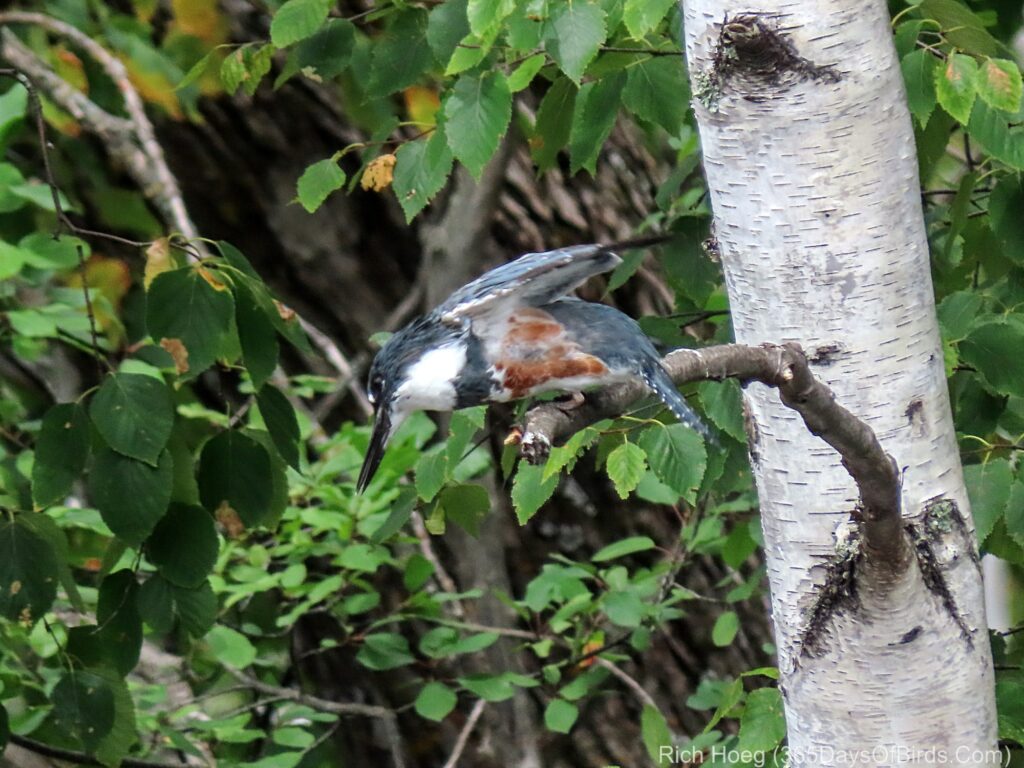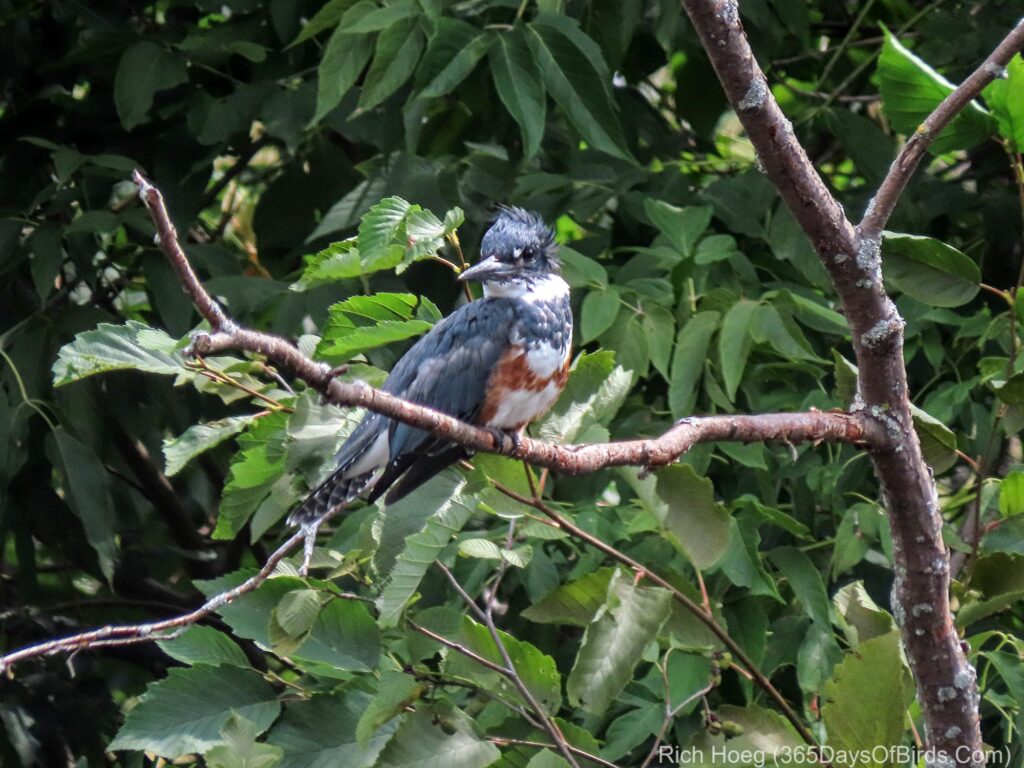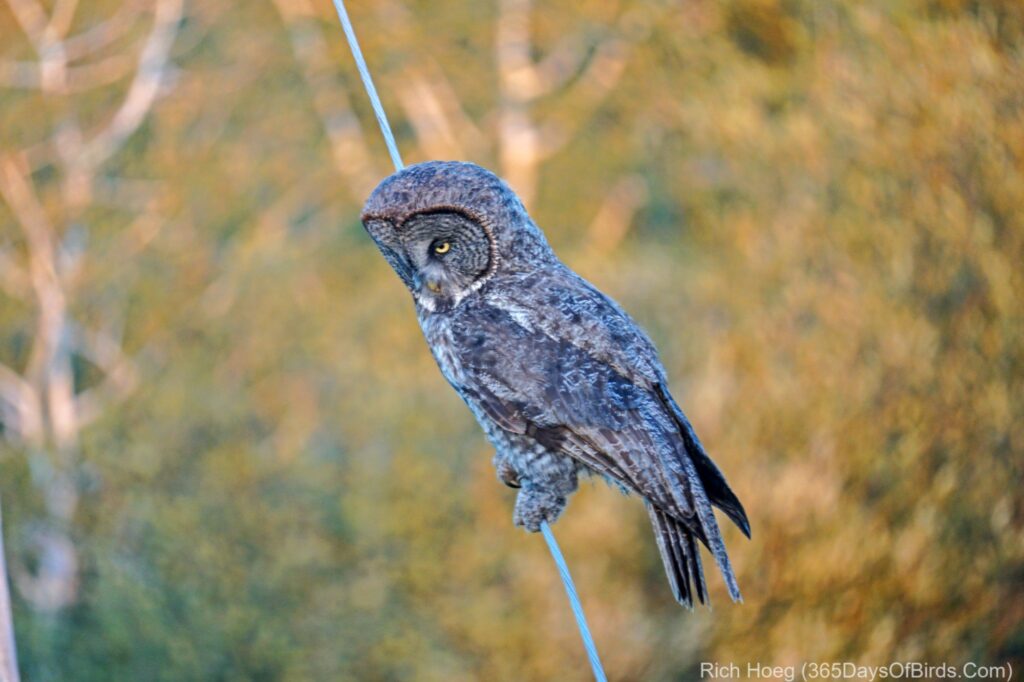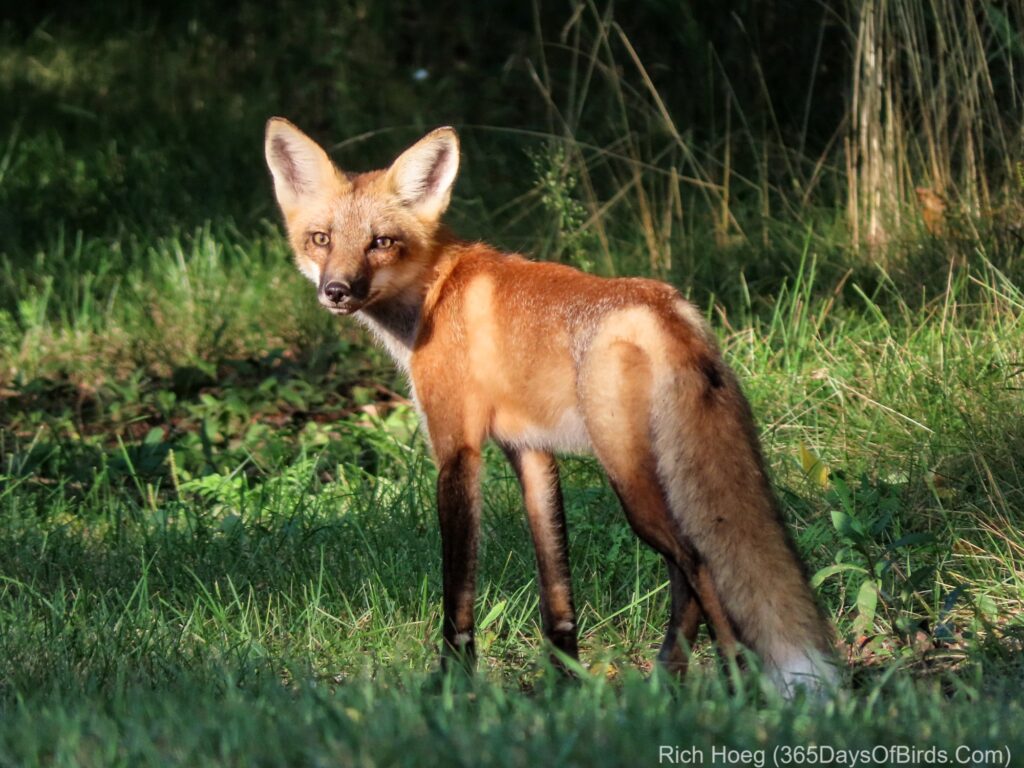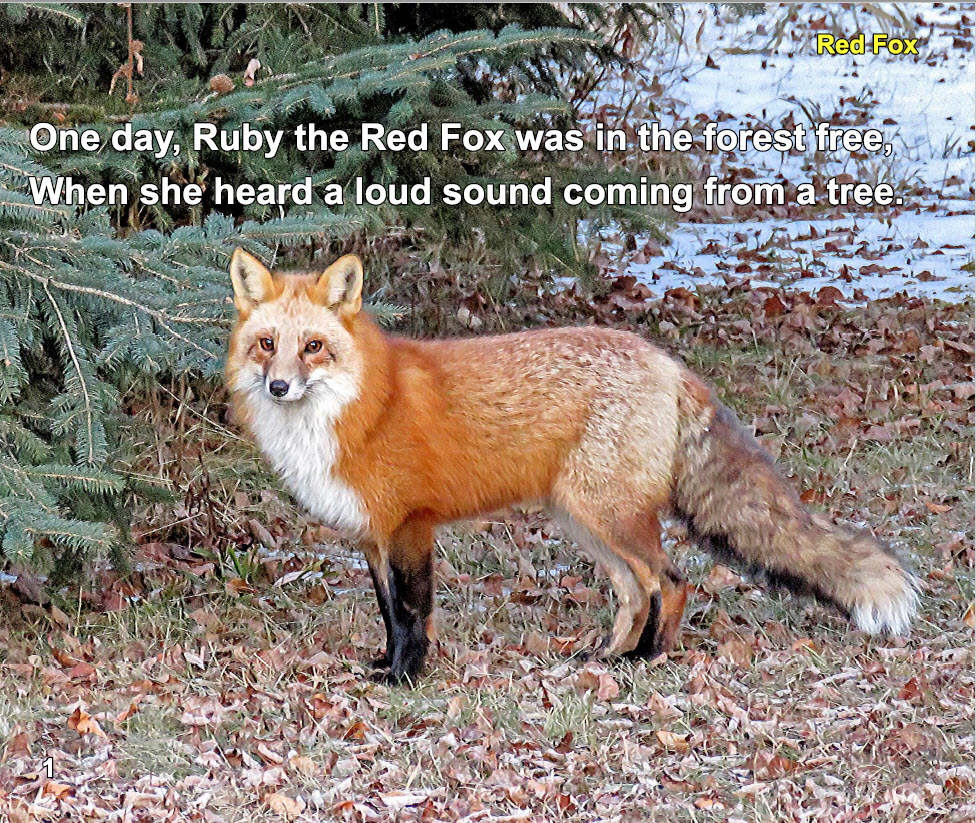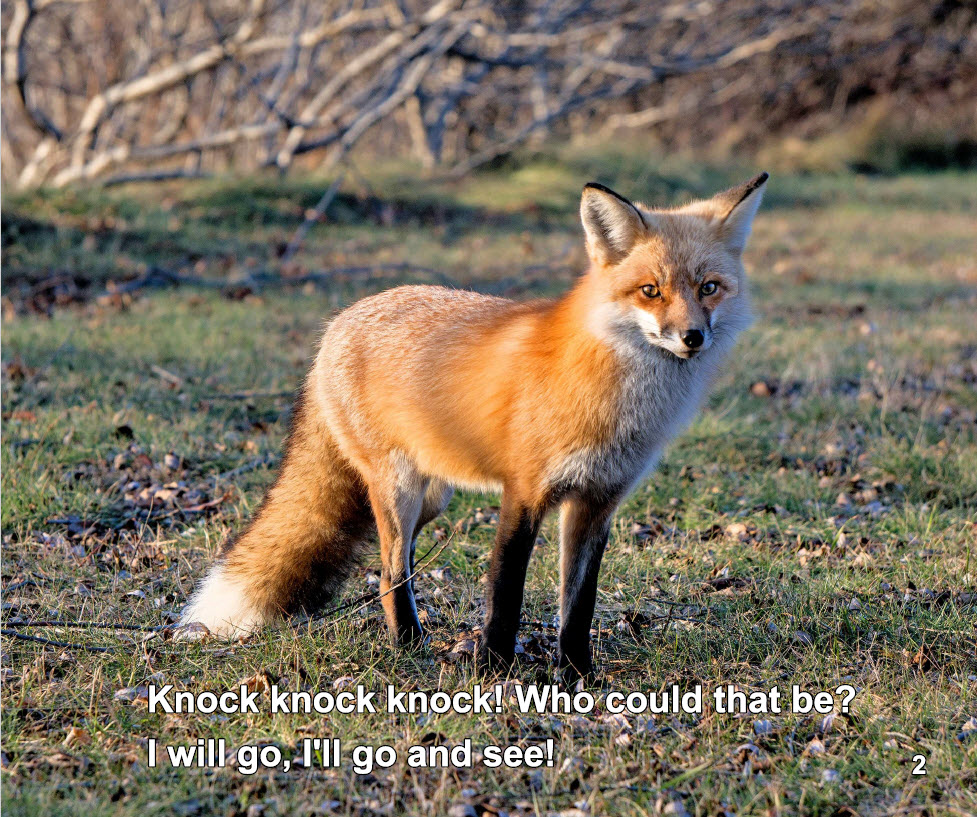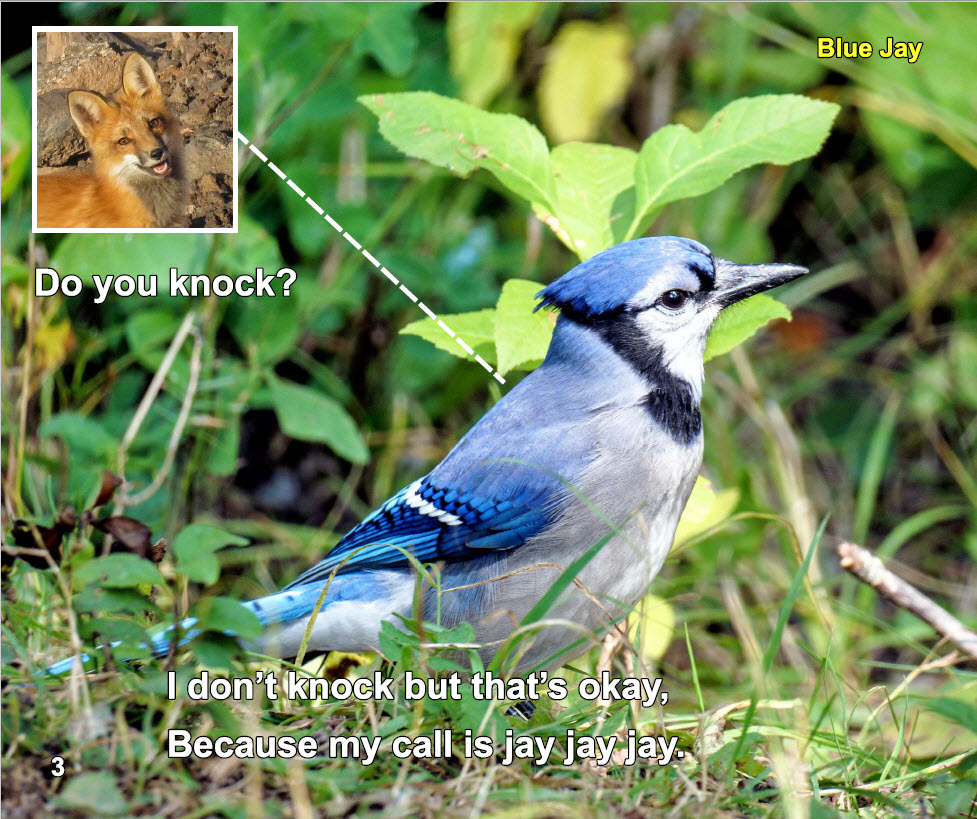- If the wind is dead calm, GGO’s use powerlines and guide wires as hunting perches. This gives them access to areas they normally are not able to hunt.
- All the yellow in the background is amazing for the end of August. It shows the draught we are experiencing in NE Minnesota, and thus providing all the fuel for our forest fires.
Category Archives: Year 8
Red Fox at Dawn
With the bird migration now in full swing, I decided to drive down to the end of Minnesota Point at sunrise this morning. Raptors were very much in evidence. There is a 1,000 yard long gauntlet from the Park Point Recreation Area to where pines trees start anew further down the point. Predators are very aware of this fact and wait to ambush non wary birds.
In addition to the hawks and eagles that lay in wait, I found “red” trying to catch some breakfast. Not only was it cool to watch the Red Fox, it was made more special knowing that Susan Larson Kidd’s and my latest children’s book would arrive imminently from the publisher. Yup, Susan has written another beginning readers book, and I have provided the photographs. This now makes five children’s books I have either written / photographed myself, or collaborated with Susan.
And some screenshots from the new book (available real soon): Ruby Hears a Knock!
Oh yes, I did mention more than red was hunting this morning. A couple of Merlins were sitting in a dead three halfway along the gauntlet. Songbirds pass at your peril. Unfortunately this route is the only way south along the point. (fyi … Merlins are actually a kind of falcon … thus not a hawk)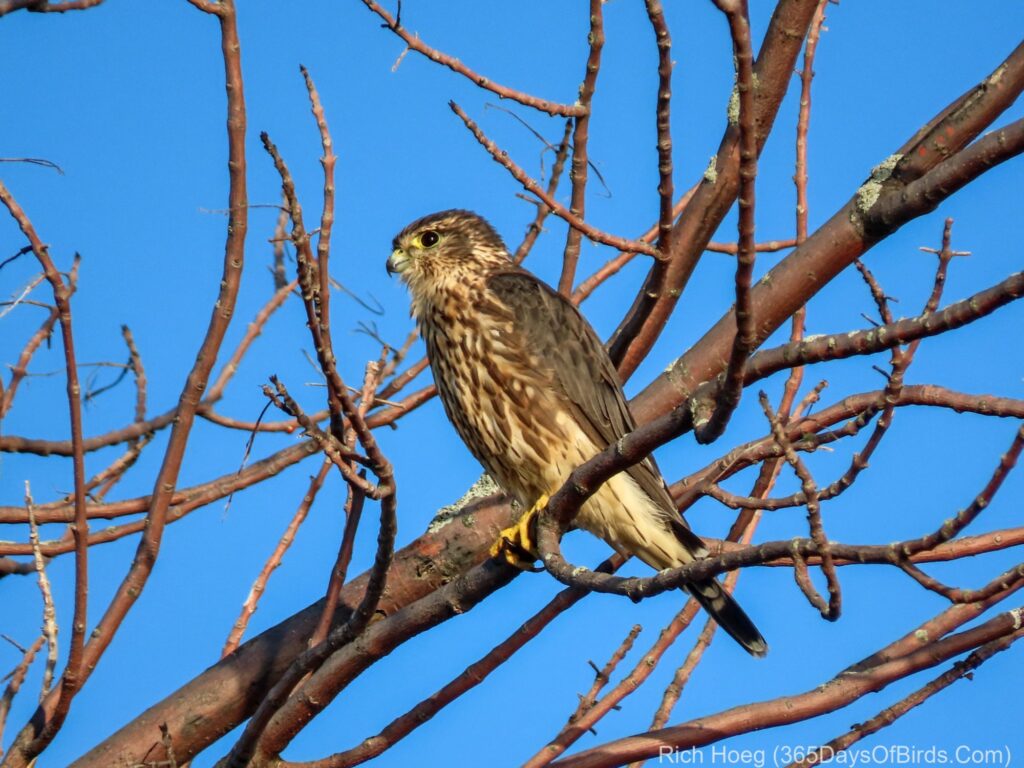
Bird Your Local Cemetery!
I have made this point before, but as migration really starts to get going, bird your local cemetery. The best birding will always be at a cemetery which has a pond, and a decent local bird population. Migrants are attracted to both the water, and the fact that birds are already present. The local birds are accustomed to people, both above and below ground! Generally, even though there are lots of spooks present, this will mean even migrants will spook less easily. In my case, I have been visiting Forest Hill Cemetery in Duluth’s Hunter’s Park neighborhood.
Because of the drought, the water level in each pond is much lower, which has created some mud flats that shorebirds absolutely love for feeding. A flock of five Lesser Yellowlegs, migrating through from Hudson’s Bay and the Arctic, was actively feeding yesterday morning at 7:30 am.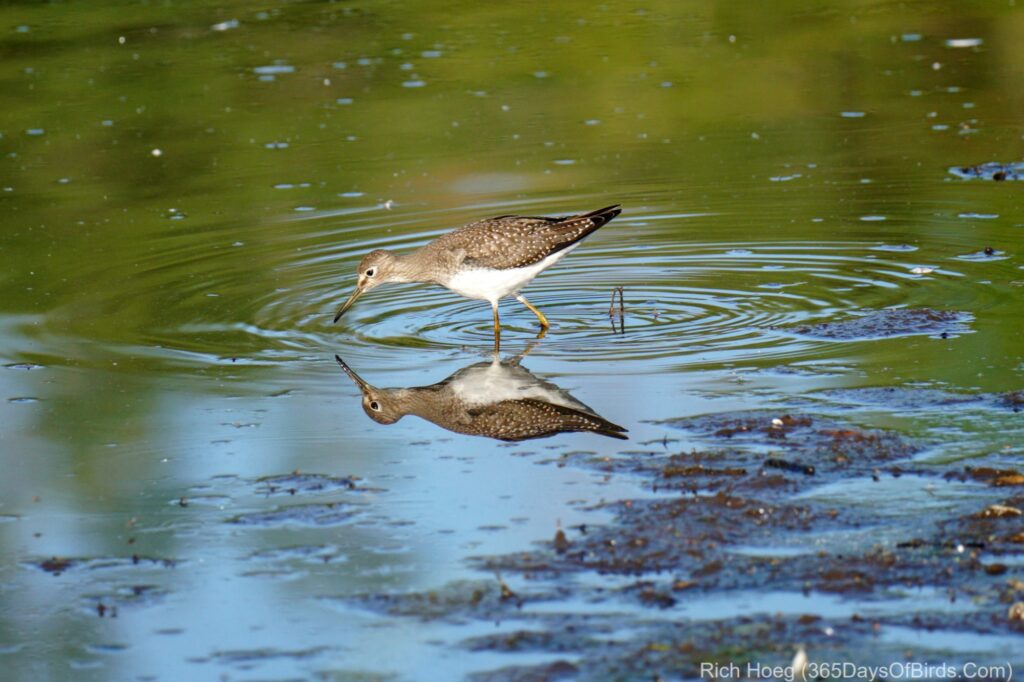
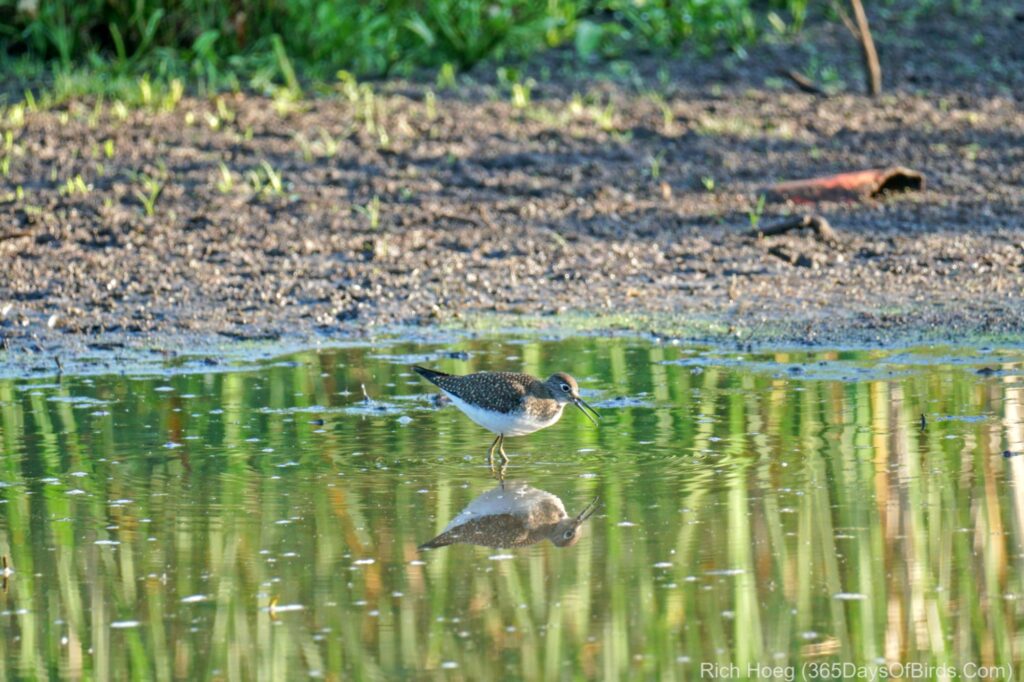
The treat of the morning was finding two Soras, one of which ventured way out of the reeds (unusual).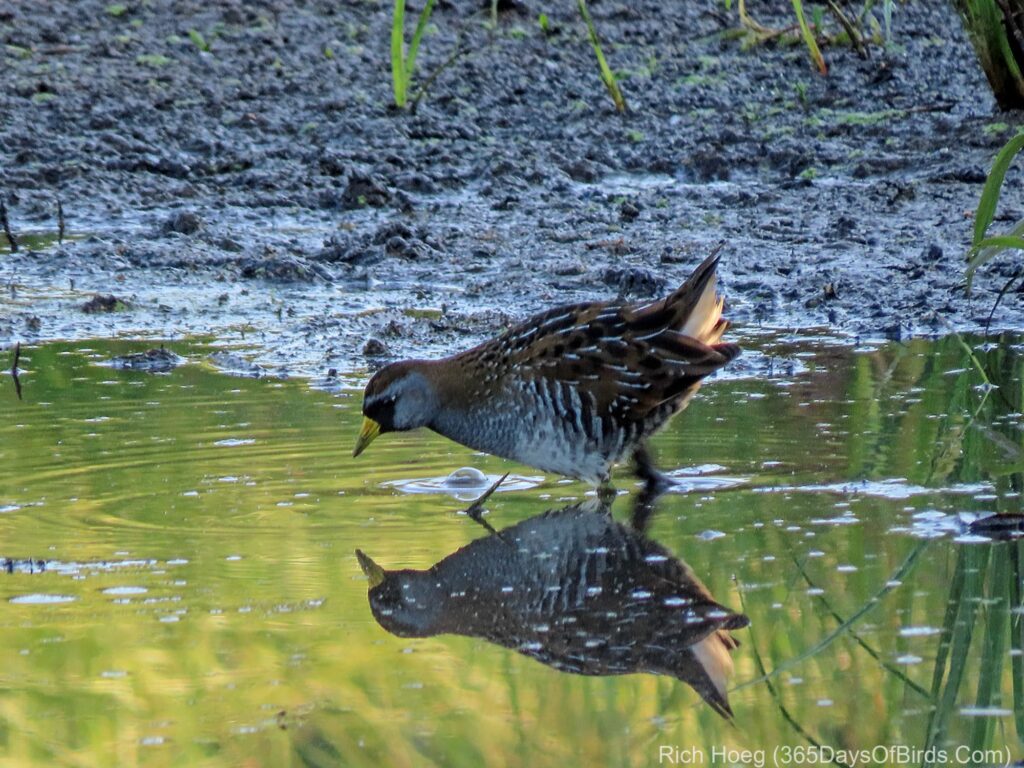
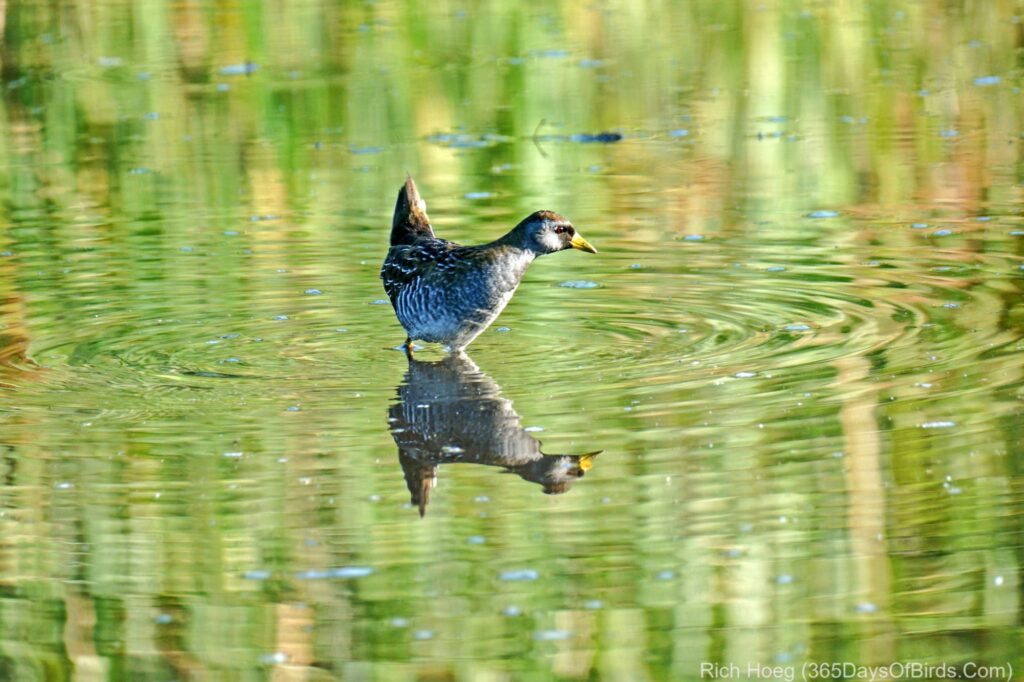
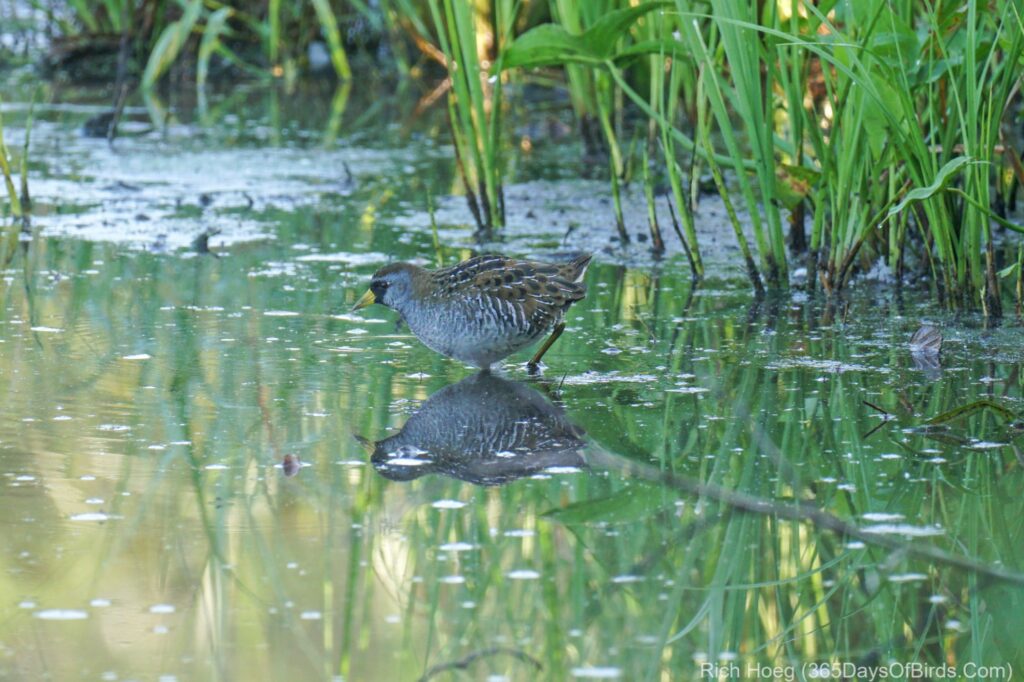
Finally, the locals were busy fishing. I always enjoy watching Belted Kingfishers, in this case a female.